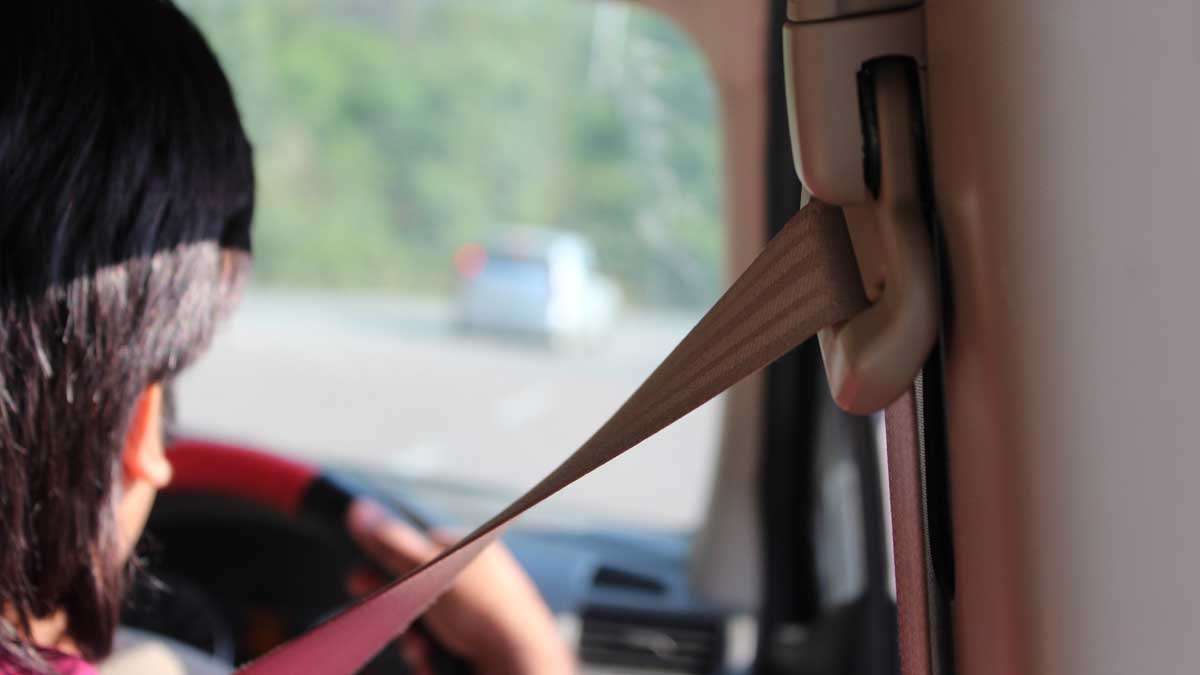Driving on the roads can be a complex and daunting experience, especially when it comes to navigating intersections and giving way to other vehicles. In Victoria, Give way road rules play an essential role in ensuring safety on the roads, reducing traffic congestion, and preventing accidents and collisions. In this article, we’ll take a closer look at the basics of Give way road rules in Victoria, common scenarios you might encounter, and how to navigate complex situations.
Basic Give way road rules in Victoria
Now that we’ve established why Give way road rules are so essential, let’s take a closer look at the basics of these rules in Victoria.
Giving way at intersections
A fundamental aspect of Give way road rules is giving way at intersections. When you approach an intersection, you must give way to any vehicle or pedestrian already in the intersection or approaching it from the right. It’s important to remember that a stop sign or traffic light does not override Give way road rules – if you approach an intersection with a stop sign or red light, you must still give way where required.
It is important to approach intersections with caution and be aware of any potential hazards. For example, if there are parked cars or buildings obstructing your view, you may need to slow down or stop to ensure that it is safe to proceed.
Additionally, it is important to be patient and not rush through intersections. Taking the time to ensure that it is safe to proceed can prevent accidents and save lives.
Giving way to pedestrians
Pedestrians always have the right of way, and as a driver, it is your responsibility to ensure their safety. You must give way to pedestrians at all marked pedestrian crossings, as well as at intersections where there are no pedestrian lights. Even if a pedestrian is crossing the road outside of a marked crossing, you must still give way to them if necessary to avoid a collision.
It is important to be aware of your surroundings and keep an eye out for pedestrians. This includes looking for pedestrians who may be crossing the road outside of designated areas, such as children playing near the road or people walking their dogs.
When approaching a pedestrian crossing, it is important to slow down and be prepared to stop if necessary. Always check both directions of the road to ensure that there are no pedestrians crossing before proceeding.
Giving way to emergency vehicles
When an emergency vehicle displays flashing lights or sounds an alarm, you must give way and move over to the left of the road as soon as it is safe to do so. It’s essential to keep a clear path for emergency vehicles to pass, as delays can mean the difference between life and death in some situations.
It is important to remain calm and focused when an emergency vehicle is approaching. Do not panic or make sudden movements, as this can increase the risk of an accident. Instead, pull over to the left side of the road as soon as it is safe to do so and allow the emergency vehicle to pass.
Remember, emergency vehicles have the right of way and every second counts when it comes to saving lives.
Giving way when merging or changing lanes
When you merge or change lanes, you must give way to any vehicle in the lane you are entering. This includes checking your mirrors and blind spots to ensure that there are no other vehicles in your path.
It is important to signal your intention to merge or change lanes well in advance to give other drivers time to react. Additionally, make sure to check your mirrors and blind spots before making any maneuvers to ensure that it is safe to proceed.
When merging onto a highway or freeway, it is important to match the speed of traffic and merge smoothly to avoid causing a disruption in traffic flow.
Remember, giving way when merging or changing lanes is not only a legal requirement, but it is also essential for maintaining safe and efficient traffic flow.
Common Give way road rule scenarios
Driving on the roads in Victoria can be a challenging experience, especially when you encounter different road scenarios. It is essential to understand the road rules and regulations to ensure that you keep yourself and other road users safe.
Now that we’ve covered the basic rules, let’s explore some common scenarios you might encounter on the roads in Victoria.
Roundabouts
Roundabouts are a common feature of Victorian roads, and they can be particularly confusing for drivers who haven’t encountered them before. A roundabout is a circular intersection where vehicles travel in a counterclockwise direction around a central island. When approaching a roundabout, you must give way to any vehicle already in the roundabout and approaching from your right. Once you enter the roundabout, you have the right of way, and other drivers must give way to you. Remember to use your indicators to signal your intentions and to always stay in your lane.
It is essential to approach a roundabout at a safe speed and be aware of other road users. Always keep a safe distance from the vehicle in front of you and be prepared to stop if necessary.
T-intersections
At T-intersections, drivers on the terminating road must give way to any vehicle on the continuing road. If you are on the continuing road, you have the right of way. It is essential to approach T-intersections with caution, especially if you are on the terminating road. Always check for other vehicles and pedestrians before proceeding.
Uncontrolled intersections
Uncontrolled intersections are those that do not have traffic lights or stop signs. At these intersections, you must give way to any vehicle already in the intersection or approaching from your right. It is crucial to approach uncontrolled intersections with caution and be aware of other road users. Always slow down and be prepared to stop if necessary.
Traffic lights and stop signs
At intersections with traffic lights or stop signs, you must always obey the signs and give way where required. Remember that a green light does not mean ‘go’ if there are other vehicles or pedestrians already in the intersection. Always check for other road users before proceeding through an intersection.
It is essential to approach intersections with caution and be aware of other road users. Always obey the road rules and regulations and be prepared to stop if necessary. Remember that safety should always be your top priority when driving on the roads in Victoria.
Navigating complex Give way situations
Finally, let’s take a look at some more complex situations you might encounter on Victorian roads.
Dealing with multiple vehicles at an intersection
If there are multiple vehicles approaching an intersection, it can be challenging to know who should give way. In general, vehicles should give way to the right, but there may be other factors to consider, such as the direction of travel or the size of the vehicles involved. Use your best judgement, and always err on the side of caution.
Giving way to buses and trams
In Victoria, trams and buses have the right of way when they are pulling out or merging into traffic. You must give way to them to ensure their safe passage.
Understanding right of way in narrow streets
In narrow streets, it may be necessary to give way to other vehicles to allow them to pass safely. If you are closest to a passing point, you should give way to any oncoming vehicles and wait until they have safely passed before continuing.
By understanding Give way road rules in Victoria, you can help to make our roads safer, reduce traffic congestion and prevent accidents. Remember to always follow the rules, keep a sharp eye out for other road users, and stay safe on the roads.
What Happens If I’m Involved In An Accident That Wasn’t My Fault?
Even if you follow all the rules and take steps not to drive when you are tired or sleepy, sometimes accidents still happen, and you may be involved in an accident that wasn’t your fault. After a not at fault accident, you’re entitled to be placed back into the position you were in before your accident. If you are an eligible driver, we may be able to assist you with a like-for-like vehicle at no cost to you, and for the entire duration of your repairs. Or, in the case of total loss, until you receive settlement. Apply now or call our team on 1800 445 958





